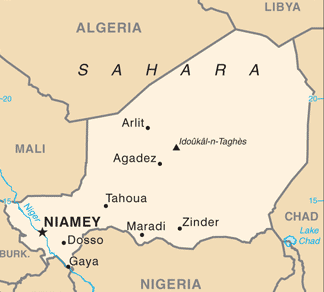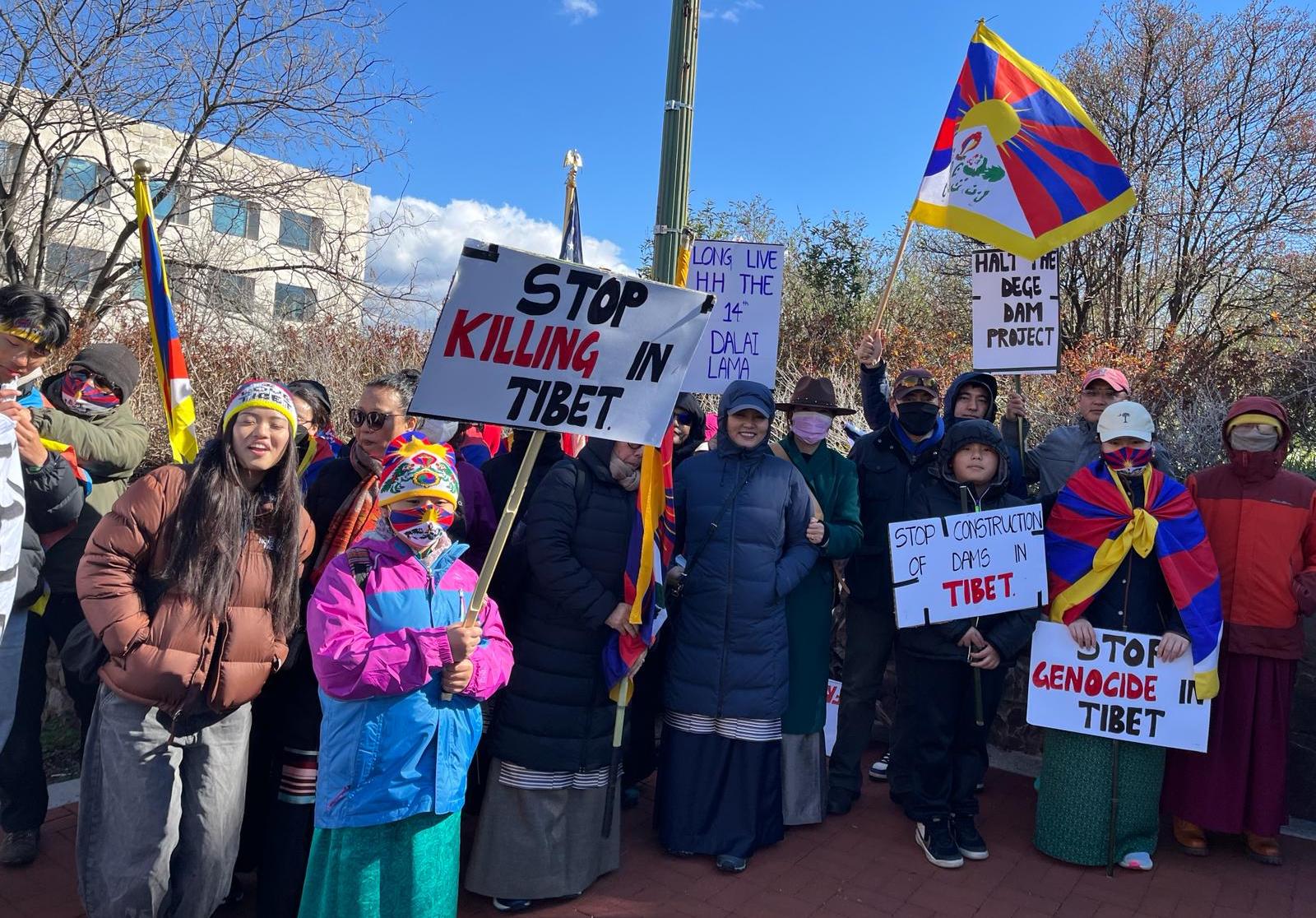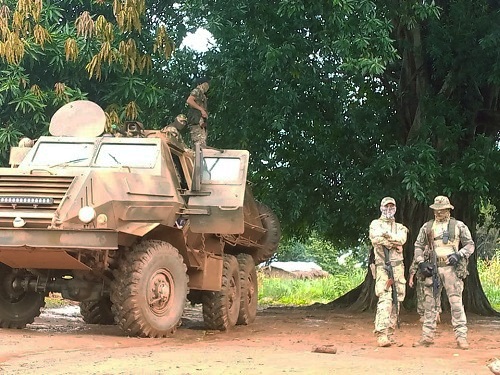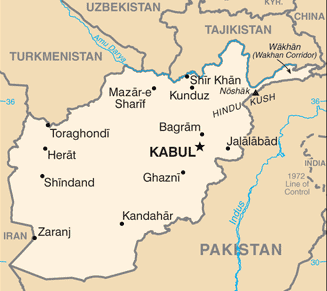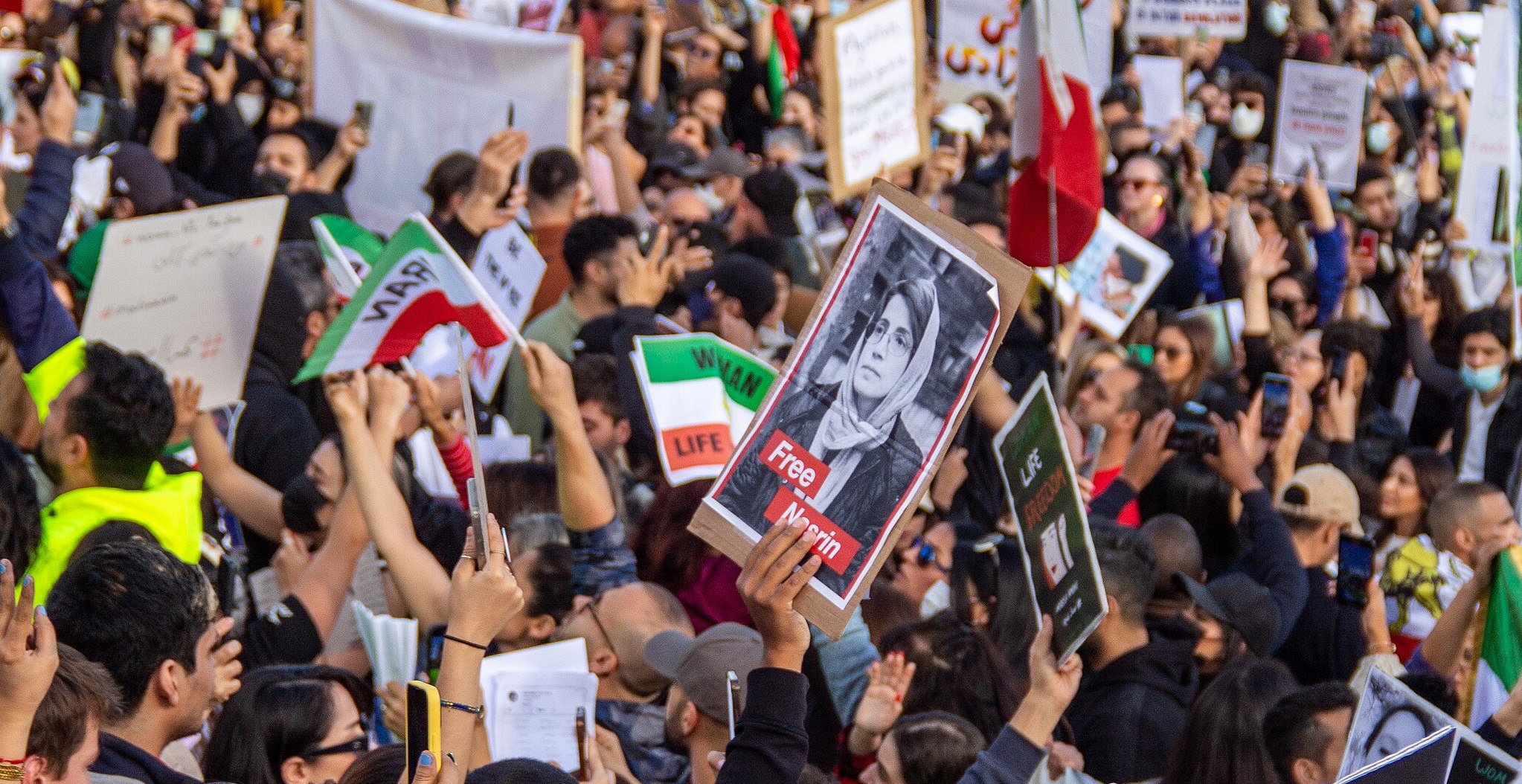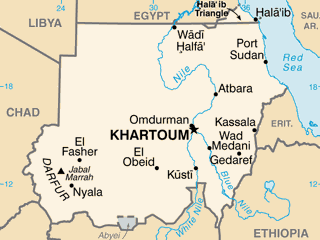
Mysterious drone strikes on Transnistria
he Russian Foreign Ministry has called for an investigation into a new drone strike on Moldova’s breakaway Transnistria region, condemning the attack as a a “yet another provocation” in the enclave. The “kamikaze” strike targeted a Transnistrian defense ministry unit, resulting in damage to a radar station. The targeted facility is six kilometers from the border of Ukraine. This attack is the second to occur in Transnistria in less than a month. The region was similarly hit with a drone strike in March, causing a fire and resulting in damage to military property. The Ministry of Foreign Affairs for the Pridnestrovian Moldovian Republic, as the breakaway government is called, condemned the strikes as “terrorist” attacks. Moldova’s Bureau of Reintegration Policy denies that Ukraine was involved in the incidents. The largely Russian-speaking breakaway region has been supported by Russia since the 1990s. The enclave hosts approximately 1,500 Russian troops. (Image: Wikipedia)





